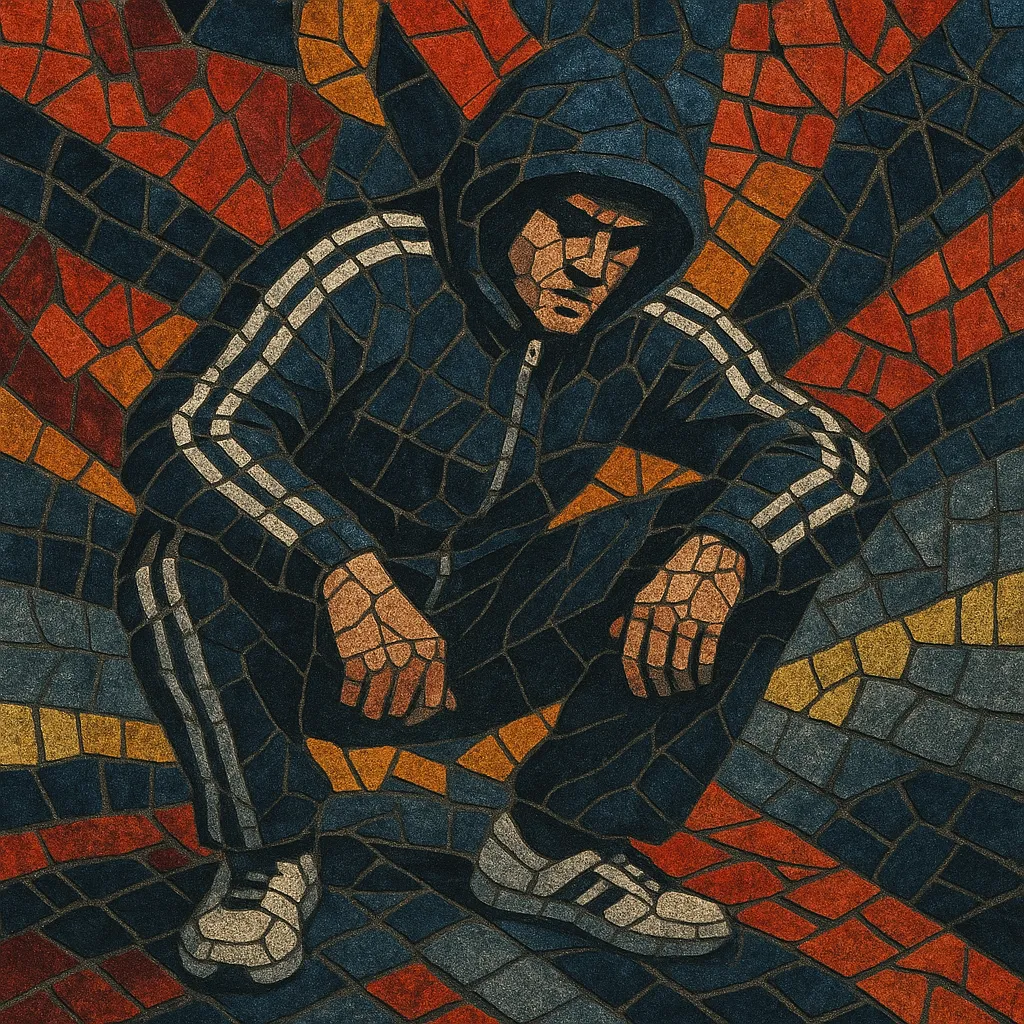Hardbass is a fast, hard-edged branch of Eastern European hard dance that crystallized in Russia in the late 2000s. It is marked by a driving 4/4 kick, an off‑beat “donk” bass hit, and short, catchy minor‑key riffs played with bright, detuned supersaws.
Typical tempos range from 150 to 165 BPM. Tracks favor simple, forceful arrangements, heavy sidechain compression, and chant‑like vocal hooks or crowd samples. Beyond its musical traits, hardbass is closely tied to internet culture, Adidas‑tracksuit aesthetics, and viral flash‑mob dances across Russia, Belarus, Poland, and neighboring countries.
While rooted in hardstyle, hard trance, and donk/bounce traditions, hardbass developed a distinctive regional identity and meme‑driven performance style that made it instantly recognizable online and in club contexts.
Hardbass emerged in Russia in the late 2000s as local producers fused hardstyle and hard trance intensity with the off‑beat “donk” timbre popularized in donk/scouse house. The result was a stripped, punchy hard dance template at 150–165 BPM with emphatic off‑beat bass, simple minor‑key hooks, and crowd‑ready chants. Early tracks circulated on Russian social networks, file‑sharing sites, and regional clubs, giving the style an underground but fast‑spreading presence.
Around 2009–2011, hardbass became synonymous with viral flash‑mob dances in Russia, Poland, Belarus, and Ukraine. Videos of groups performing synchronized, high‑energy moves in public spaces—often in tracksuits—cemented the genre’s visual identity and meme status. The humor and satire of this moment (including tongue‑in‑cheek “hardbass against drugs” slogans) helped export the sound to global internet audiences beyond the Slavic scene.
As YouTube channels and meme pages codified the aesthetic, new waves of producers blended hardbass with modern EDM sound design, harder kicks, and brighter supersaws. Collaborations with comedic and viral acts amplified reach, while the sound’s core—off‑beat donk bass, stomping kicks, and chantable hooks—remained intact. Today, hardbass persists as a club‑functional, meme‑aware niche that also informs newer internet‑native high‑energy styles.


